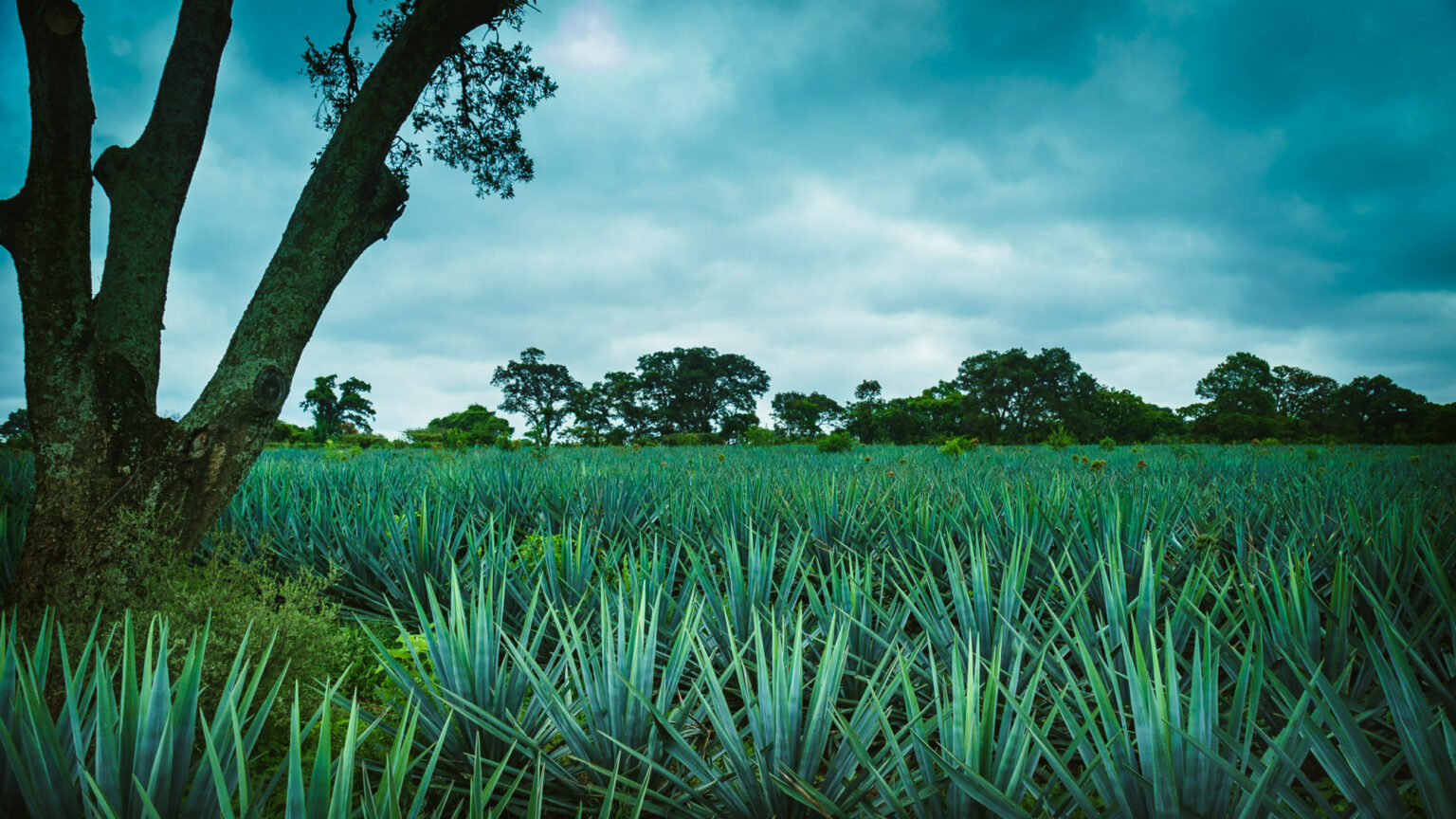Agave Growth and Harvest
Blue Weber Agave
Before tequila became the regulated spirit it is today, producers made vino de mezcal de Tequila from many varieties of wild agave. It wasn’t until the late nineteenth century that blue Weber agave, named after German botanist Frederic Albert Constantin Weber and for its light grey-blue color, became the dominant variety used for making tequila.
Blue Weber agave (or Agave tequilana) has a set of characteristics that are unique to the variety. Established as the only agave permissible in tequila in the 1949 Norma de Calidad, farmers and distillers favored blue Weber agave for many reasons, including:
- It has a better resistance to disease than other kinds of agave.
- It takes fewer years to reach maturity than most.
- It has a higher sugar content, making it ideal for producing spirits.
- It has an unusually high production rate of hijuelos (rhizomal offshoots) that aid with rapid reproduction.

The central core of the plant, known as the piña since it resembles a pineapple, holds the reserve of complex sugars in the plant used to make tequila. In the wild, these sugars facilitate the production of floras (flowers) and the quiote (the flowering stalk) of the agave when mature. Agaves are typically harvested before the quiote sprouts and floras bloom to prevent sugars from being diverted away from the piñas, where they are typically concentrated.
Farming
Blue Weber agaves reach maturity between five and seven years of age. The plants are carefully monitored during this time to ensure they’re healthy and at their peak of ripeness when harvested. Agave selection for Patrón is contracted with a select few farming families with generations of experience and a long working relationship with the Patrón brand, from whom piñas are sourced. These farmers grow agave in the Los Altos region of Jalisco, chosen for its higher altitude, lower temperatures, and nutrient-rich soils that contribute to rounder, more citrusy and fruit-forward flavor notes in the agave.

Harvesting
The ripeness of agaves is determined by their age, sugar content measured in Brix, and visible signs of maturity (such as red fermentation spots, open leaves with darker and wrinkled tips, or a greenish-yellow color at the base of the plant). When ready, individuals responsible for agave harvesting known as jimadores step in. The craft of the jimador is a traditional, deeply respected skill in Mexico, passed down from father to son, and skilled jimadores can dislodge and trim a 100 lb. agave plant in minutes. First, the jimador will remove the agave’s long spiky leaves, known as pencas, using a special tool called a coa. The remaining green parts of the cut leaves will be trimmed to reveal the piña.

Agave Sustainability
One of the tequila industry’s main challenges is ensuring a steady crop of agave for use in production. Throughout history, farmers have endured alternating periods of abundance and shortage; this happens often due to a lack of information about market demand, paired with the long-life cycle of the plant itself. To combat this, Patrón is proactively funding a study with a top agricultural research center in Mexico to ensure the sustainability of the blue Weber agave plant for the entire industry.